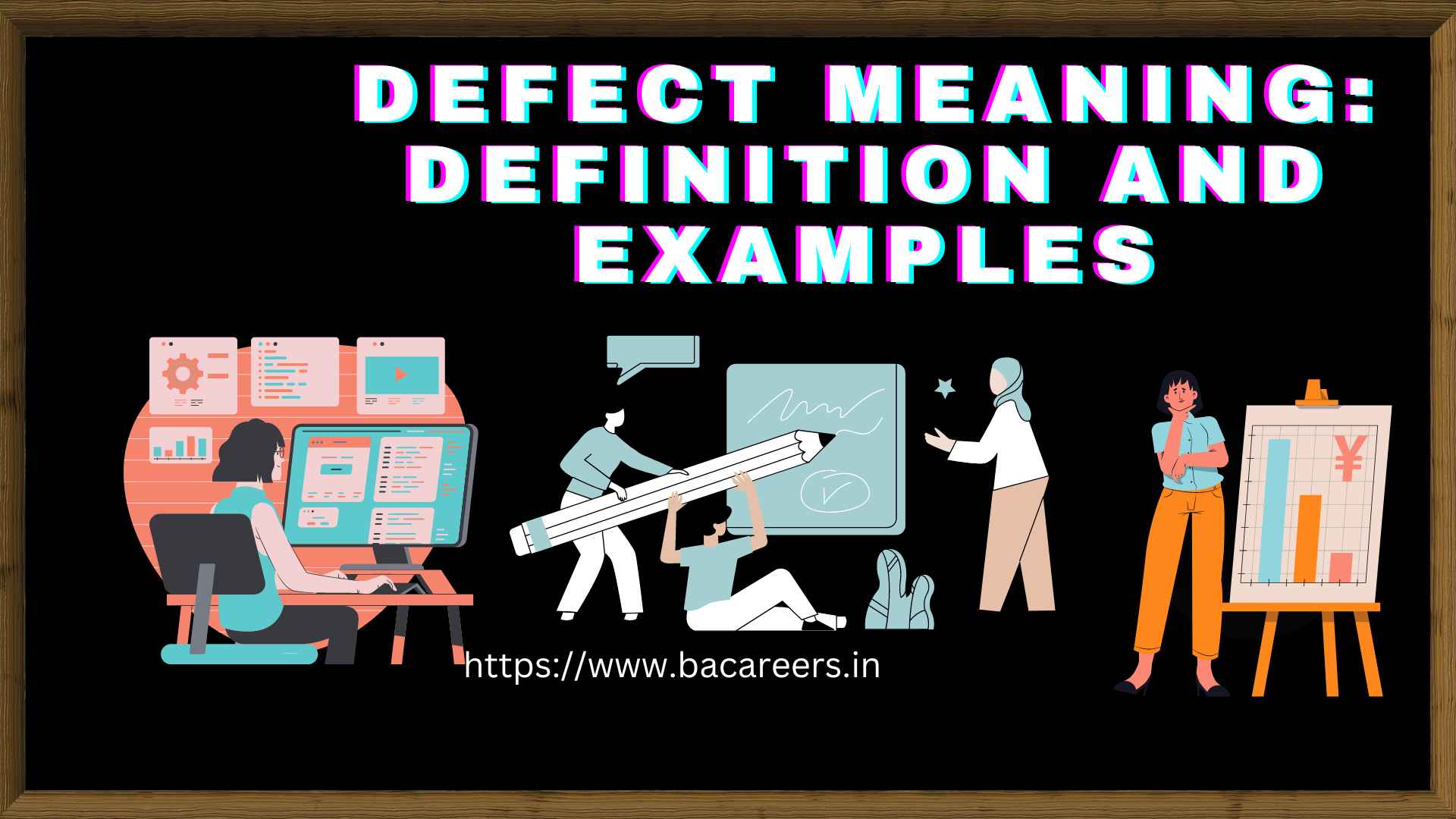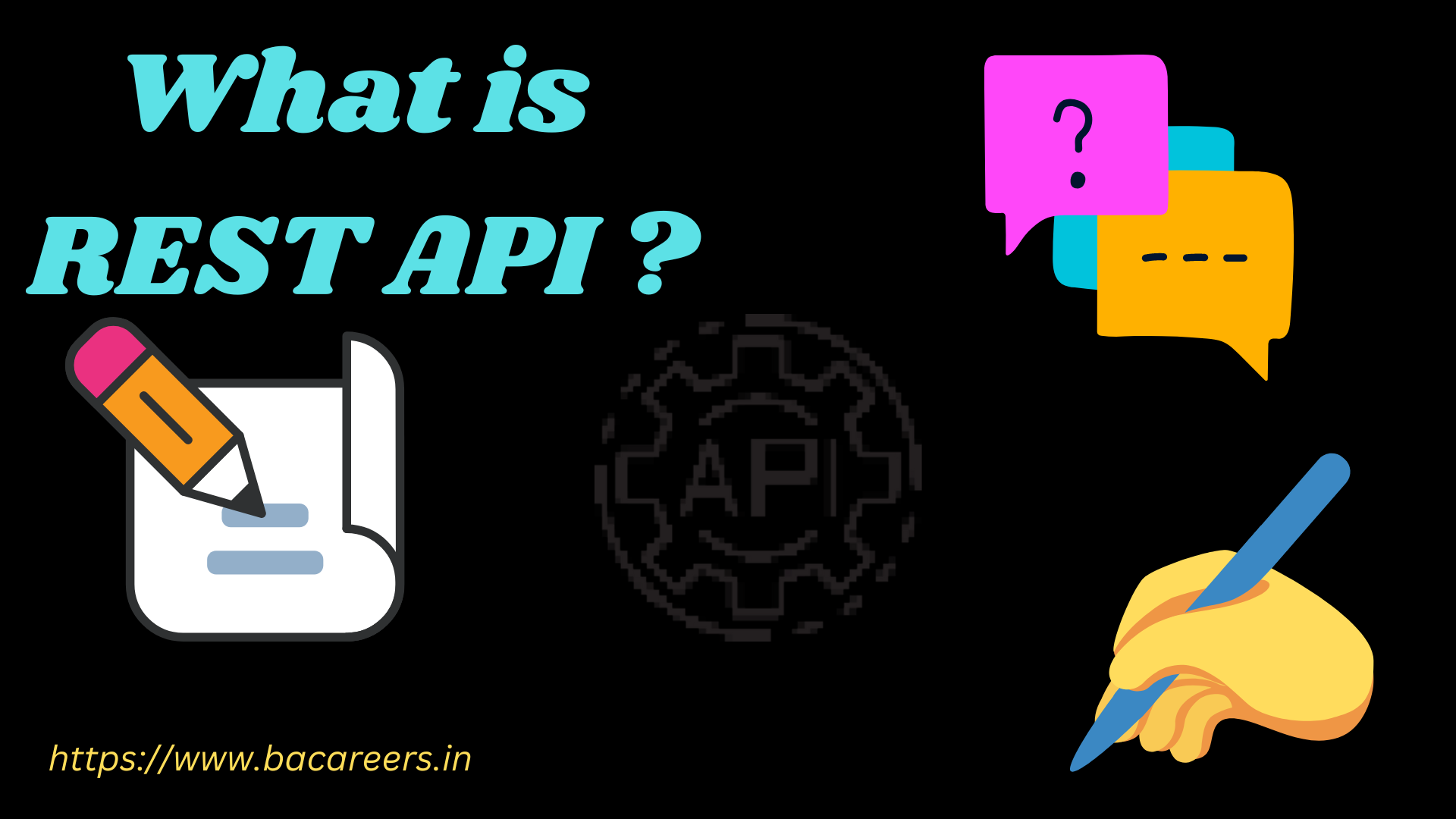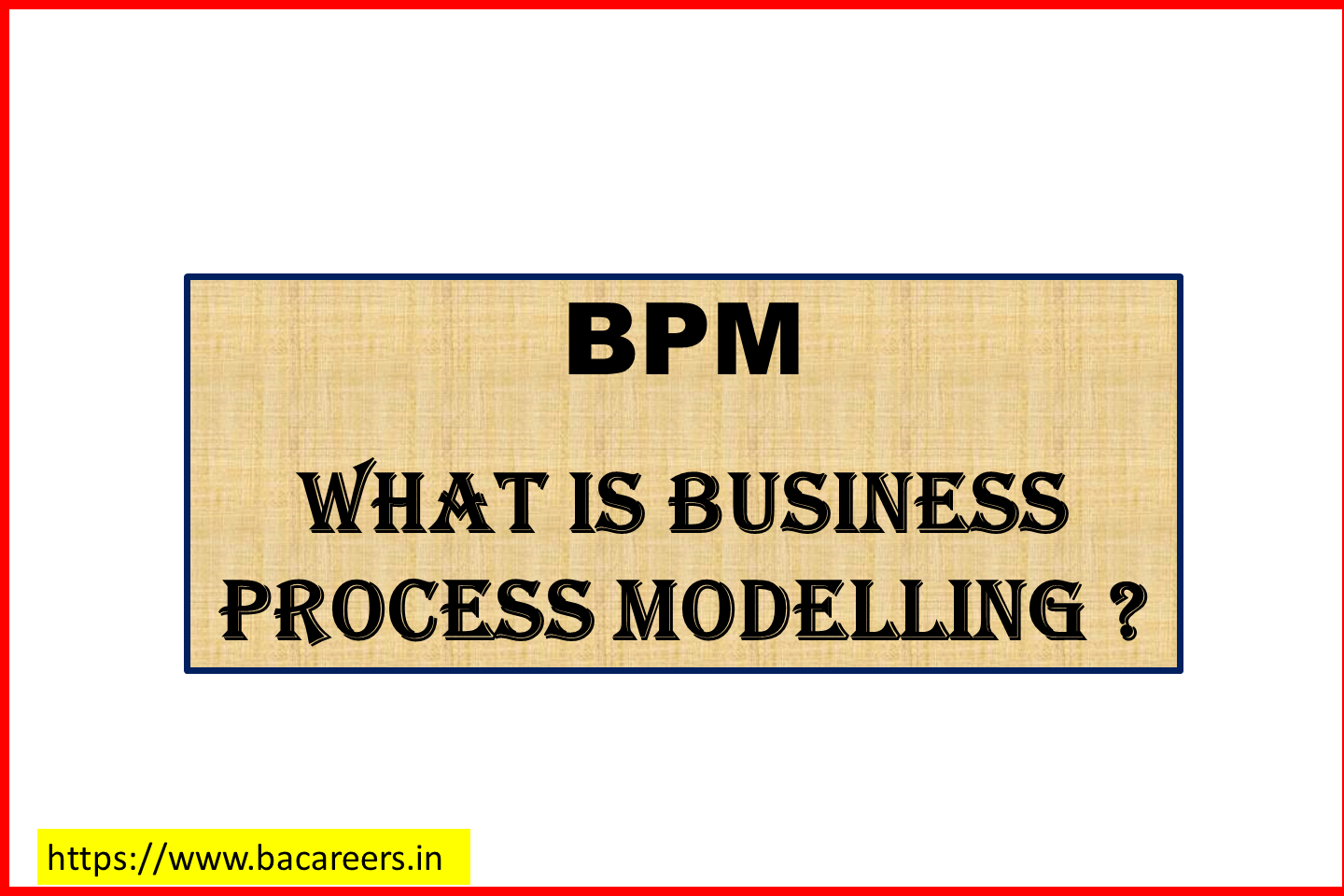Topics Covered in this Article.
1. The Role of System Analyst
2. Understanding Business Needs and Goals
3. Analyzing and Designing System Requirements.
4. Collaborating with Developers and Stakeholders.
5. Testing and Implementing Solutions.
6. Providing Ongoing Support and Maintenance.
A system analyst plays a crucial role in the development and implementation of technology solutions. They are responsible for analyzing business requirements, identifying areas for improvement, and designing and implementing systems that meet those needs. In this post, we’ll explore the key responsibilities of a system analyst and how they contribute to successful technology solutions.

Understanding Business Needs and Goals.
One of the primary responsibilities of a system analyst is to understand the business needs and goals of the organization they are working with. This involves working closely with stakeholders to identify areas where technology solutions can improve efficiency, productivity, and profitability. By understanding the business needs and goals, a system analyst can design and implement solutions that are tailored to the specific needs of the organization, ensuring that they are effective and efficient.
Analyzing and Designing System Requirements.
Another key responsibility of a system analyst is to analyze and design system requirements. This involves gathering and documenting requirements from stakeholders, analyzing them to identify any potential issues or conflicts, and designing solutions that meet those requirements. The system analyst must also ensure that the solutions they design are scalable, flexible, and can be easily maintained and updated as needed. This requires a deep understanding of both the business needs and the technology solutions available, as well as strong analytical and problem-solving skills.
Collaborating with Developers and Stakeholders.
In addition to analyzing and designing system requirements, a system analyst must also collaborate with developers and stakeholders throughout the development and implementation process. This includes working closely with developers to ensure that the solutions being developed meet the requirements and are delivered on time and within budget. The system analyst must also communicate regularly with stakeholders to keep them informed of progress, gather feedback, and address any concerns or issues that arise. Effective collaboration is essential to ensuring that technology solutions are successful and meet the needs of all stakeholders.
Testing and Implementing Solutions.
Once the system analyst has analyzed requirements, designed solutions, and collaborated with developers and stakeholders, the next step is to test and implement the solutions. This involves conducting thorough testing to ensure that the solutions meet all requirements and function as intended. The system analyst must also work with developers to address any issues that arise during testing and ensure that the solutions are fully functional before they are implemented. Once the solutions are implemented, the system analyst must continue to monitor their performance and make any necessary adjustments to ensure that they continue to meet the needs of stakeholders.
Providing Ongoing Support and Maintenance.
The role of a system analyst doesn’t end with the implementation of technology solutions. They must also provide ongoing support and maintenance to ensure that the solutions continue to function properly and meet the needs of stakeholders. This involves monitoring the performance of the solutions, identifying and addressing any issues that arise, and making necessary updates and improvements. The system analyst must also stay up-to-date with new technologies and industry trends to ensure that the solutions remain relevant and effective over time.
Key Role of System Analyst
1. Business systems analyst is a corporate finance professional who are responsible for developing and managing the financial reporting system within the company.
2. Business systems analysts help businesses to manage their finances and stay compliant with government regulations.
3. They also work to improve overall performance by ensuring that all financial data is collected and processed accurately.
4. Business systems analysts must have excellent analytical skills as well as knowledge of accounting principles and regulations.
5. In order to become a business systems analyst, you will need a strong background in accounting, statistics, mathematics, and computer programming.
Important articles related to role of System Analyst and Business Analyst.
- The Importance of Business Systems Analyst in Digital Transformation
- Business analyst role and responsibilities in Agile
FAQ’S
What is the main role of a system analyst?
Analyzes business process issues and/or problems and provides consulting assistance to system users; conducts research on possible solutions and makes recommendations based on findings; develops proposals that outline feasibility and costs; suggests, designs, tests, implements, and evaluates solutions.
What are the three roles of system analyst?
System Analyst duties and responsibilities of the job
Maintaining and upgrading existing systems as required. Designing new computer systems and frameworks. Troubleshooting technical issues.
What are the five 5 roles of a system analyst?
Roles of a systems analyst
- Defining user requirements. A systems analyst has the responsibility of observing users and their requirements from a system. …
- Prioritizing requirements. …
- Problem analysis. …
- Drawing specifications. …
- System design and evaluation. …
- Keeping up to date with technological advancements.
What is the role of system analyst in SDLC?
Role of System Analyst
The system analyst is a person who is thoroughly aware of the system and guides the system development project by giving proper directions. He is an expert having technical and interpersonal skills to carry out development tasks required at each phase.
What is system analyst skill?
Excellent verbal and written communication skills. Excellent interpersonal skills with a proven ability to collaborate with a team. Excellent analytical and problem-solving skills. Extensive knowledge of computer systems and programming. Excellent organizational skills and attention to detail.
What does a systems analyst do in agile?
As a Business Analyst / Business Systems Analyst (Agile/Scrum) you will help define and deliver solutions that meet business objectives, and will serve as a facilitator between the business and IT in understanding the business’s needs.
What is the role of system analyst indeed?
A Systems Analyst ensures that an organisation’s IT system aligns with its business needs. Companies hire Systems Analysts to assist them with various IT systems and processes, such as the development of more effective payment systems, information storage solutions or client records management processes.
What are the stages of system analyst?
There are usually six stages in this cycle: requirement analysis, design, development and testing, implementation, documentation, and evaluation.

Business Analyst , Functional Consultant, Provide Training on Business Analysis and SDLC Methodologies.



















